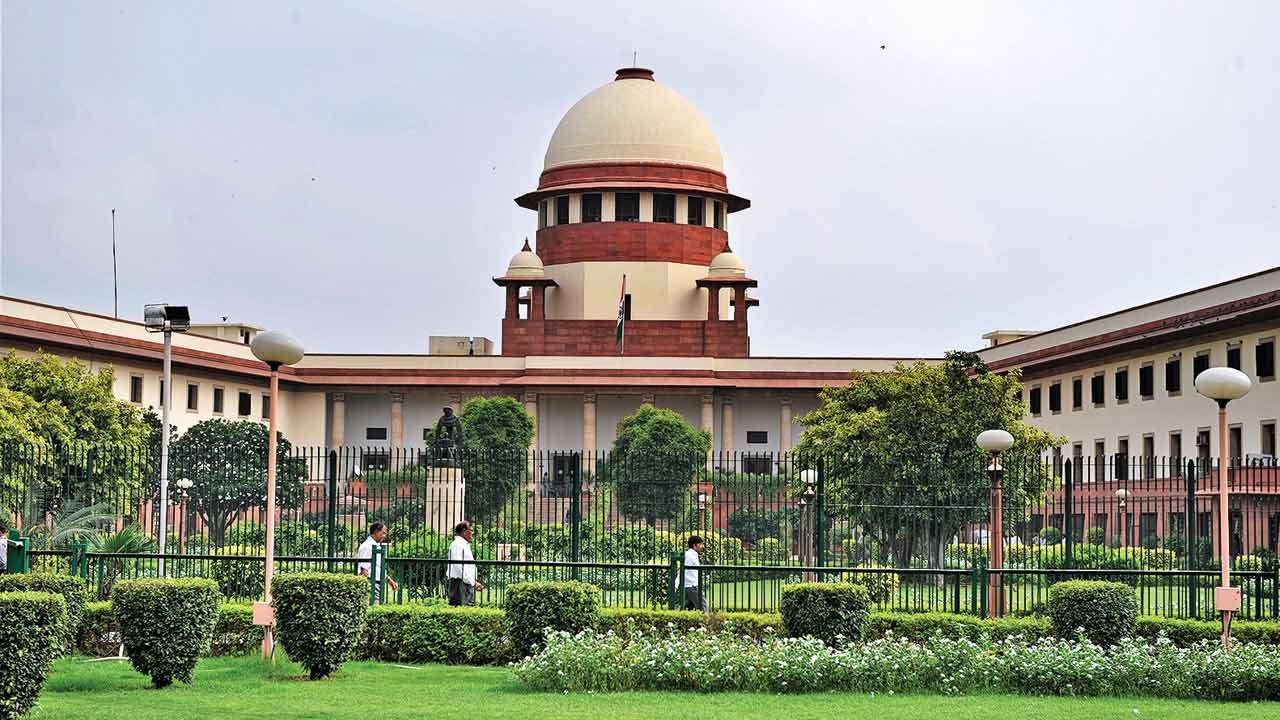

Benign inflation, slowing economy and the return of NDA (that assures continuity in policy and the hope of a renewed sense of fiscal responsibility on the part of the government) has allowed the RBI to change its policy stance from neutral to accommodative and reduce the key repo rate by 25 basis points to 5.75 percent, the lowest since September 2010. The change in stance also means that further rate cuts are in the offing.
Although the markets were not enthused by the rate cut (the Sensex crashed by 554 points after the announcement) there are many positives in the RBI decision. All economic indicators are signaling a slowdown with demand for goods and services not picking up. Some sectors are showing negative growth. Although it is true that projects are not dependent only on the interest rates (promoters factor in the cost of acquiring capital in their overall project costs and go for the project if they can sell the products after acquiring capital at current interest rates), it is also true that some projects that seemed unviable at high interest rates may become viable at lower costs. Lower interest rates on retail loans may also spur the demand for goods thereby giving a boost to the manufacturing sector.
The economy needs a push and making capital available at a lower cost is one of the ways to encourage entrepreneurs to expand capacity or go for new projects. The RBI has made it known that it will prod the banks to pass on the benefit to customers. If there is a renewed demand for products due to cheaper loans which in turn encourages entrepreneurs to expand or install new projects then the economy will come out of the morass it seems to be sliding in. But the government will have to play its part by keeping a tight control on fiscal deficit and making investments in infrastructure.











